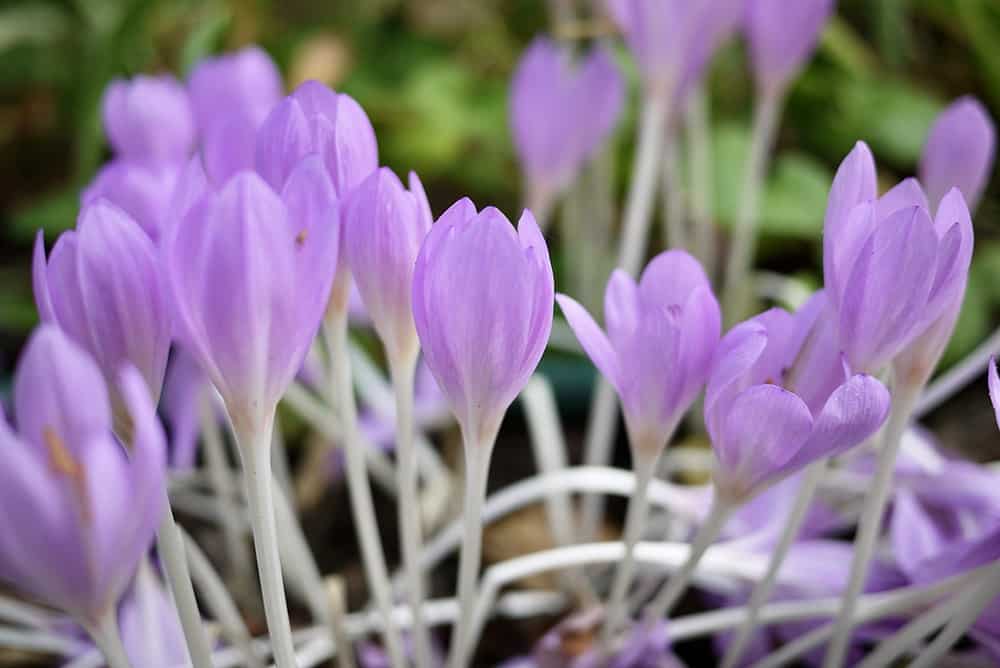Verse 5-1: Attaining the form buddha bodies
Part of a series of talks on the 41 Prayers to Cultivate Bodhicitta from the Avatamsaka Sutra (the Flower Ornament Sutra).
- Form bodies of the Buddha
- Standing up (or getting out of bed) like getting ready for action
- We benefit from the teachings through the Buddha’s form body
41 Prayers to cultivate bodhicitta: Verse 5-1 (download)
The next one of our 41 prayers to cultivate bodhicitta reads,
“May all beings attain the form Buddha bodies.”
This is the prayer of the bodhisattva when getting up.
When you get up out of bed in the morning, when you get up out of your seat, then you think “may all beings attain the Buddha’s form bodies.”
There are two kinds of form bodies of the Buddha. One is the sambhogakaya, or the resource body. That’s the body that the Buddha appears in in the pure lands when he teaches high level bodhisattvas. And the other is the nirmanakaya, or the emanation body, and that’s the body that Buddha appears in in our world, like Shakyamuni Buddha and other buddhas whom we may encounter but whom we don’t recognize as buddhas.
Standing up—or getting up out of bed—is like your getting up and you’re ready for action. You were resting before and now you’re getting up and you’re ready for action. From within the space of the dharmakaya, the Buddha’s omniscient mind—which is so peaceful and tranquil—then form bodies appear from that for the service of sentient beings.
And it’s really through the form bodies of the Buddha that we benefit so much from the teachings. If there was only the dharmakaya (the truth body) the buddhas wouldn’t be able to communicate with us. So they appear in all these different forms in order to communicate with us.
By making that prayer, “may all sentient beings attain the Buddha’s form body,” then what we’re doing is planting the seed ourselves to be able to attain the form body of a buddha and to be able to benefit sentient beings in that way. And then also, of course, praying that other sentient beings create the causes for the Buddha’s form body.
Venerable Thubten Chodron
Venerable Chodron emphasizes the practical application of Buddha’s teachings in our daily lives and is especially skilled at explaining them in ways easily understood and practiced by Westerners. She is well known for her warm, humorous, and lucid teachings. She was ordained as a Buddhist nun in 1977 by Kyabje Ling Rinpoche in Dharamsala, India, and in 1986 she received bhikshuni (full) ordination in Taiwan. Read her full bio.

